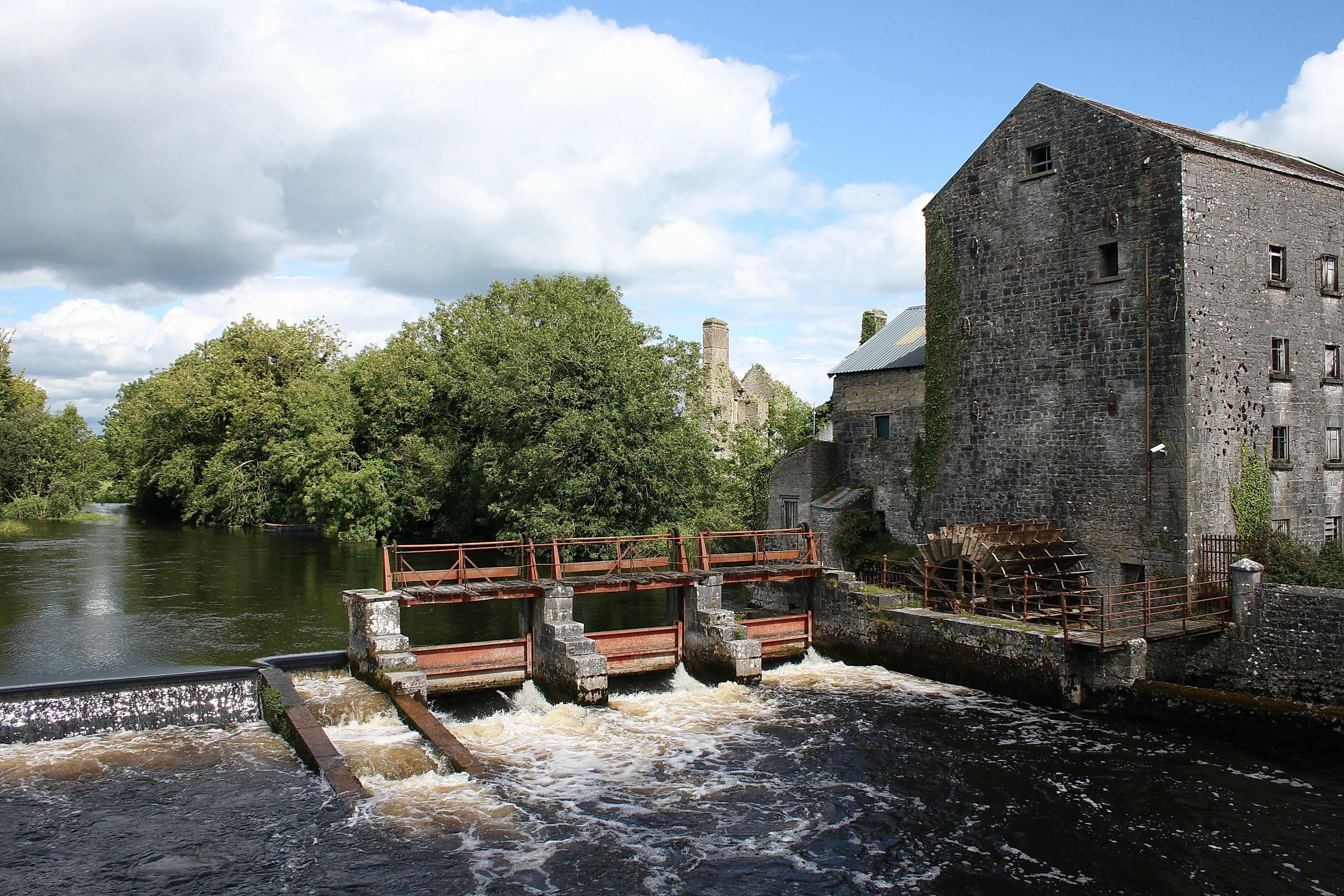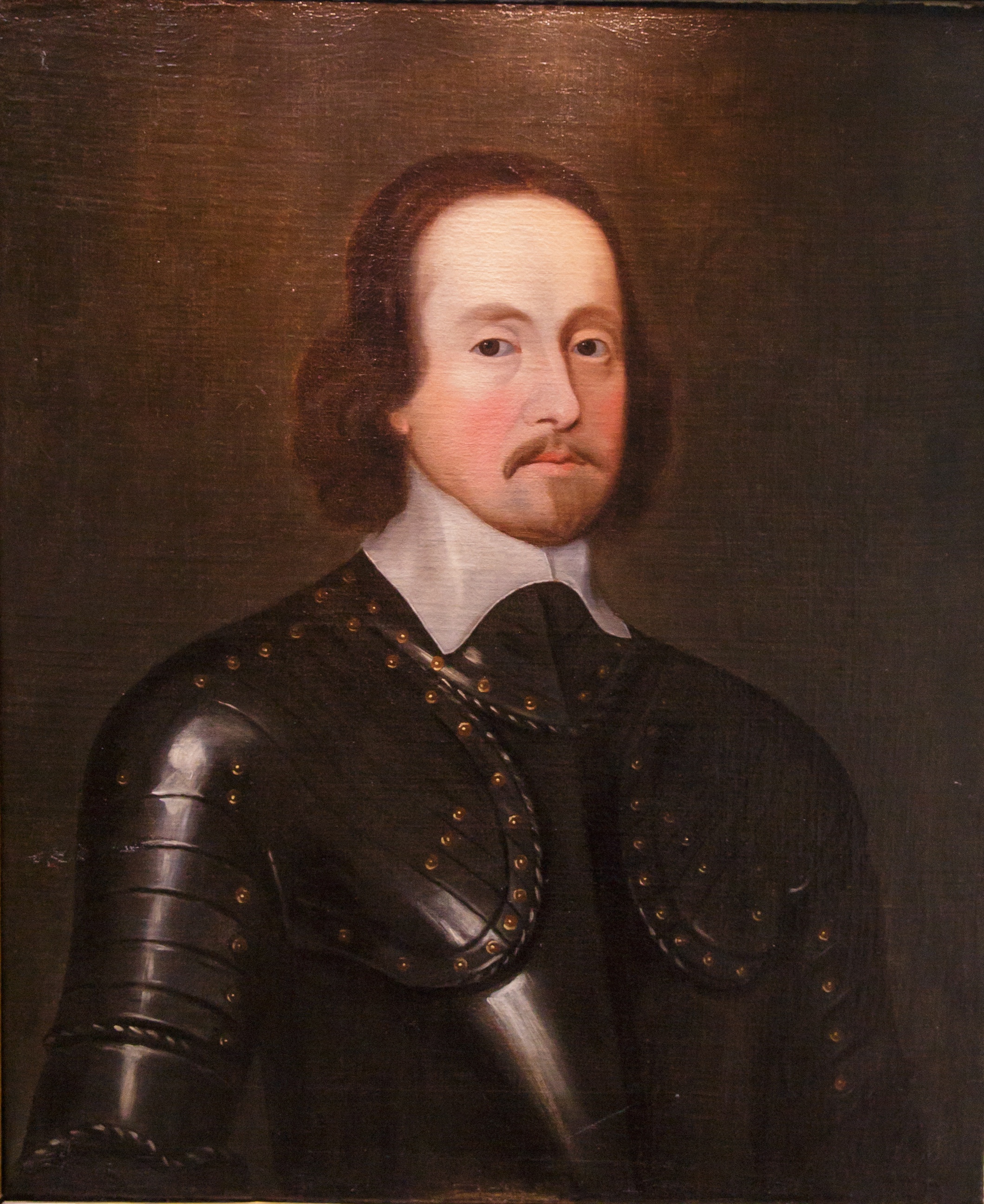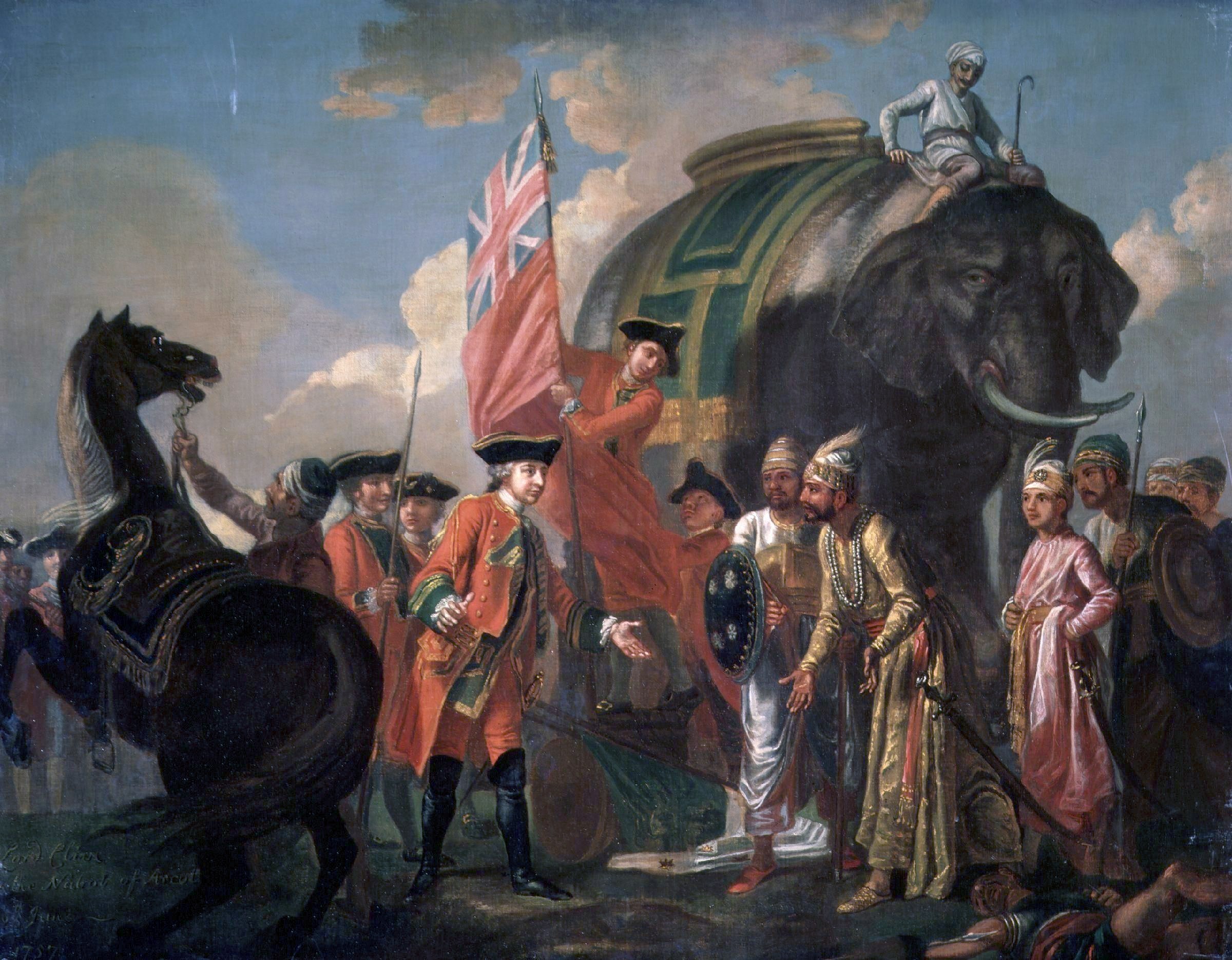|
Baron Castle Coote
Baron Castle Coote, in the County of Roscommon, was a title in the Peerage of Ireland. It was created in 1800 for Charles Coote, 7th Earl of Mountrath, with remainder to his kinsman Charles Coote. The earldom of Mountrath became extinct on his death in 1802 (see Coote baronets for earlier history of the Coote family) while he was succeeded in the barony according to the special remainder by the aforementioned Charles Coote, the second Baron, who had previously represented Queen's County and Maryborough in the Irish House of Commons. The second Baron was the son of the Very Reverend Charles Coote, Dean of Kilfenora, great-grandson of Chidley Coote, younger son of Sir Charles Coote, 1st Baronet and brother of Charles Coote, 1st Earl of Mountrath. He was succeeded by his only surviving son, Eyre, the third Baron, who died childless in 1827, when the barony became extinct. The second Baron was the nephew of Sir Eyre Coote, the brother of Sir Eyre Coote, the uncle of Eyre Coote, MP ... [...More Info...] [...Related Items...] OR: [Wikipedia] [Google] [Baidu] |
County Roscommon
"Steadfast Irish heart" , image_map = Island of Ireland location map Roscommon.svg , subdivision_type = Country , subdivision_name = Ireland , subdivision_type1 = Province , subdivision_name1 = Connacht , subdivision_type2 = Regions of Ireland, Region , subdivision_name2 = Northern and Western Region, Northern and Western , seat_type = County town , seat = Roscommon , leader_title = Local government in the Republic of Ireland, Local authority , leader_name = Roscommon County Council, County Council , leader_title2 = Dáil constituencies , leader_title3 = European Parliament constituencies in the Republic of Ireland, EP constituency , leader_name2 = Roscommon–Galway (Dáil constituency), Roscommon–Galway Sligo–Leitrim (Dáil constituency), Sligo–Leitrim , leader_name3 = Midlands–North-West (European Parliament constituency), Midlands–North-West , ... [...More Info...] [...Related Items...] OR: [Wikipedia] [Google] [Baidu] |
Charles Coote, 1st Earl Of Mountrath
Charles Coote, 1st Earl of Mountrath (c. 1610 – 17 December 1661) was an Anglo-Irish peer, the son of Sir Charles Coote, 1st Baronet, and Dorothea Cuffe, the former being an English veteran of the Battle of Kinsale (1601) who subsequently settled in Ireland. Irish Rebellion and Civil War The younger Coote became an MP for Leitrim in the Irish Parliament between 1634 and 1635 and again in 1640, a year before the outbreak of the Irish rebellion of 1641. The elder Charles Coote was active in the suppression of the Irish insurgents in 1642, launching attacks on Clontarf and County Wicklow in late 1641 in which many civilians died; he was killed in action defending Trim in May 1642. After the death of his father, Charles Coote also led some of the King's forces under Ormonde against the Confederate army, but was captured defending a stronghold in the Curragh of Kildare by an Irish army led by Castlehaven. He was released during the 1643 cessation of arms. At this time Coot ... [...More Info...] [...Related Items...] OR: [Wikipedia] [Google] [Baidu] |
Noble Titles Created In 1800
A noble is a member of the nobility. Noble may also refer to: Places Antarctica * Noble Glacier, King George Island * Noble Nunatak, Marie Byrd Land * Noble Peak, Wiencke Island * Noble Rocks, Graham Land Australia * Noble Island, Great Barrier Reef United States * Noble (SEPTA station), a railway station in Abington, Pennsylvania * Noble, Illinois, a village * Noble, Indiana, an unincorporated community * Noble, Iowa, an unincorporated community * Noble, Louisiana, a village * Noble, Missouri, an unincorporated community * Noble, Oklahoma, a city * Noble County (other) * Noble Township (other) People * Noble (given name) * Noble (surname) Animals * Noble (horse), a British Thoroughbred * Noble Decree, an American-bred British-trained Thoroughbred racehorse * Noble snipe, a small stocky wader * Vaguely Noble, an Irish-bred Thoroughbred racehorse Arts, entertainment, and media Characters * Noble, the humanoid werewolf form of Savage/Noble, the o ... [...More Info...] [...Related Items...] OR: [Wikipedia] [Google] [Baidu] |
Extinct Baronies In The Peerage Of Ireland
Extinction is the termination of a kind of organism or of a group of kinds (taxon), usually a species. The moment of extinction is generally considered to be the death of the last individual of the species, although the capacity to breed and recover may have been lost before this point. Because a species' potential range may be very large, determining this moment is difficult, and is usually done retrospectively. This difficulty leads to phenomena such as Lazarus taxa, where a species presumed extinct abruptly "reappears" (typically in the fossil record) after a period of apparent absence. More than 99% of all species that ever lived on Earth, amounting to over five billion species, are estimated to have died out. It is estimated that there are currently around 8.7 million species of eukaryote globally, and possibly many times more if microorganisms, like bacteria, are included. Notable extinct animal species include non-avian dinosaurs, saber-toothed cats, dodos, ma ... [...More Info...] [...Related Items...] OR: [Wikipedia] [Google] [Baidu] |
Earl Of Bellomont
Earl of Bellomont, in the Kingdom of Ireland, was a title that was created three times in the Peerage of Ireland. The first creation came on 9 December 1680 when Charles Kirkhoven, 1st Baron Wotton, was made Earl of Bellomont. He had already been created Baron Wotton, of Wotton in the County of Kent, in the Peerage of England on 31 August 1650. He was childless and both titles became extinct on his death in 1683. The second creation came on 2 November 1689 Richard Coote, 2nd Baron Coote, later Governor of New York, was made Earl of Bellomont. He was the son of Richard Coote, who had been created Lord Coote, Baron of Coloony, in the County of Sligo, in the Peerage of Ireland on 6 September 1660. Lord Coote was a younger son of Sir Charles Coote, 1st Baronet, and the younger brother of Charles Coote, 1st Earl of Mountrath (see Coote baronets for more information on this branch of the family). Lord Bellomont was succeeded by his elder son, Nanfan, the second Earl, who in his turn ... [...More Info...] [...Related Items...] OR: [Wikipedia] [Google] [Baidu] |
Sir Charles Coote, 9th Baronet
Sir Charles Henry Coote, 9th Baronet (2 January 1794 – 8 October 1864) was an Irish Conservative and Tory politician. Family and early life Coote was the son of Chidley Coote of Ash Hill, County Limerick, and Elizabeth Anne ''née'' Carr. Educated at Eton College (leaving in 1805) and Trinity College, Cambridge (leaving in 1809), he married Caroline Whaley (daughter of John Whaley) in 1814. They had five sons and two daughters, including: Charles Henry (1815–1895); John Chidley (1816–1879); Algernon (1817–1899); Caroline (1819–1848); Robert (1820–1898); and Chidley Downes (1829–1872). Baronetcy A distant descendant of Sir Charles Coote, 1st Baronet, he succeeded to the Coote baronetcy in 1802 upon the death of Charles Coote, 7th Earl of Mountrath. Upon his own death in 1864, the title passed to his eldest son, Sir Charles Henry Coote, 10th Baronet. Member of Parliament While he initially stood unsuccessfully in 1818 and 1820, Coote was first elected Tory MP f ... [...More Info...] [...Related Items...] OR: [Wikipedia] [Google] [Baidu] |
Clonmel (UK Parliament Constituency)
Clonmel was a United Kingdom Parliament constituency, in Ireland, returning one MP. It was an original constituency represented in Parliament when the Union of Great Britain and Ireland took effect on 1 January 1801. History The corporation of Clonmel, which was the local government of its area, was reformed by the Municipal Corporations (Ireland) Act 1840. The parliamentary borough was not affected by this change in administrative arrangements. Samuel Lewis, writing in 1837, described the oligarchic constitution of the unreformed borough. Boundaries This constituency was the parliamentary borough of Clonmel in County Tipperary. The boundary of the borough was defined in the Parliamentary Boundaries (Ireland) Act 1832 as: Members of Parliament Elections Elections in the 1830s Ronayne's death caused a by-election. Ball was appointed as Attorney General for Ireland, requiring a by-election. Ball was appointed a judge of ... [...More Info...] [...Related Items...] OR: [Wikipedia] [Google] [Baidu] |
Eyre Coote (MP)
Eyre Coote may refer to: *Eyre Coote (East India Company officer) (1726–1783), Irish soldier and Commander-in-chief of India *Eyre Coote (British Army officer) (1762–1823), Irish-born general in the British Army *Eyre Coote (MP) (1806–1834), MP for Clonmel (UK Parliament constituency), Clonmel, son of the above *Eyre Tilson Coote, 3rd Baron Castle Coote (1793–1827), Sheriff of County Dublin *Eyre Coote (born 1857) (1857–1925), British Army Officer and Conservative candidate, Sheriff of County Dublin {{DEFAULTSORT:Coote, Eyre ... [...More Info...] [...Related Items...] OR: [Wikipedia] [Google] [Baidu] |
Eyre Coote (British Army Officer)
Eyre Coote (20 May 1762 – 10 December 1823) was an Irish-born British soldier and politician who served as Governor of Jamaica. He attained the rank of general in the British Army and was created a Knight Grand Cross of the Order of the Bath before being stripped of his rank and honours in 1816 after conduct unbecoming an officer and a gentleman. Background He was the second son of the Very Rev. Charles Coote (1713 – 12 February 1776), DD, Dean of Kilfenora and wife (m. 31 July 1753) Grace Tilson (- 1 January 1767), brother of Charles Henry Coote (1754–1823), who succeeded the last Earl of Mountrath as 2nd Baron Castle Coote in 1802, and nephew of Sir Eyre Coote, KB, the celebrated Indian General, to whose vast estates in England and Ireland he eventually succeeded. Career Following studies at Eton and Trinity College Dublin, Coote purchased a commission in 1774 as an ensign in the 37th Regiment of Foot, of which his uncle Lieutenant- General Sir Eyre Coote was colo ... [...More Info...] [...Related Items...] OR: [Wikipedia] [Google] [Baidu] |
Eyre Coote (East India Company Officer)
Lieutenant-General Sir Eyre Coote, KB (1726 – 28 April 1783) was a British soldier and politician who sat in the House of Commons from 1768 to 1780. He is best known for his many years of service with the British Army in India. His victory at the Battle of Wandiwash is considered a decisive turning point in the struggle for control in India between Britain and France. He was known by his sepoy troops as Coote Bahadur (Coote the Brave). Early life A member of the Coote family headed by the Earl of Mountrath, he was born in Kilmallock, near Limerick, Ireland, the son of the Reverend Chidley Coote and Jane Evans, daughter of George Evans, and sister of George Evans, 1st Baron Carbery. He entered the 27th Regiment of Foot. He first saw active service in the Jacobite rising of 1745, and later obtained a captaincy in the 39th Regiment, the first regular British regiment to serve in India. Career in India Recapture of Calcutta In 1756 a part of the regiment, then quartered ... [...More Info...] [...Related Items...] OR: [Wikipedia] [Google] [Baidu] |
Sir Charles Coote, 1st Baronet
Sir Charles Coote, 1st Baronet (1581–1642) was an English soldier, administrator and landowner who lived in Ireland. Birth and origins He was born into a Devonshire family, the son of Sir Nicholas Coote. Early life In 1600 he moved to Ireland as a captain of the 100th Foot Regiment in the army of Lord Mountjoy, Lord Deputy of Ireland, where he fought in the last few years of the Nine Years War and was at the Siege of Kinsale in 1601–02, which ultimately led to the defeat of the O'Neills. In 1605 he was appointed Provost-Marshal of Connaught for life and in 1613 was appointed to the office of General Collector and Receiver of the King's Composition Money for Connaught, also for life. In 1620 he was promoted to vice-President of Connaught. Marriage and children Before 1617 he married Dorothea younger daughter and coheir of Hugh Cuffe of Cuffe's Wood, County Cork. Charles and Dorothea had five children, four sons: #Charles, who would be created Earl of Mountrath. ... [...More Info...] [...Related Items...] OR: [Wikipedia] [Google] [Baidu] |
Peerage Of Ireland
The Peerage of Ireland consists of those titles of nobility created by the English monarchs in their capacity as Lord or King of Ireland, or later by monarchs of the United Kingdom of Great Britain and Ireland. It is one of the five divisions of Peerages in the United Kingdom. The creation of such titles came to an end in the 19th century. The ranks of the Irish peerage are duke, marquess, earl, viscount and baron. As of 2016, there were 135 titles in the Peerage of Ireland extant: two dukedoms, ten marquessates, 43 earldoms, 28 viscountcies, and 52 baronies. The Crown of the United Kingdom of Great Britain and Northern Ireland continues to exercise jurisdiction over the Peerage of Ireland, including those peers whose titles derive from places located in what is now the Republic of Ireland. Article 40.2 of the Constitution of Ireland forbids the state conferring titles of nobility and an Irish citizen may not accept titles of nobility or honour except with the prior appro ... [...More Info...] [...Related Items...] OR: [Wikipedia] [Google] [Baidu] |


.jpg)

